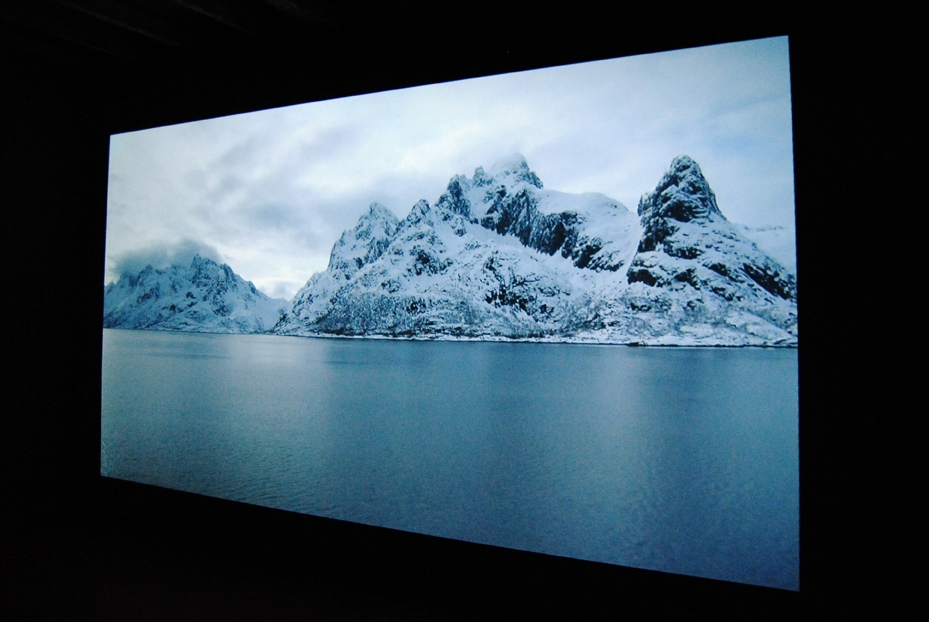If climate change has become an unprecedented global challenge, our generation’s failing may reside in its inability to provide a global response. This difficulty resides, in part, in the fact that while the weather system is clearly global, its traces and effects are only ever registered at the local level of nation or region. In this sense, the cost of repairs and of future disaster prevention in the wake of, say, Hurricane Katrina, was no more an Italian or Maldivian problem than the gradual sinking of the Maldives islands or of Venice is of concern to the United States. Yet – if we concur with the majority of the scientific community that global warming is manmade – it is arguable that industrial countries should take responsibility for the cost of, for example, sea defences and relocation due to flooding. In this sense the Maldives, which according to some projections will be completely submerged by the end of this century, are at the frontline of the urgent quest for an adequate global response to climate change – though it is an argument with increasing relevance to the UK, following recent flooding due to storms across its coastlines.
In the context described above, the Maldives Pavilion – situated in Venice for the 55th Biennale between May and November 2013 – raised a number of questions, not least due to its unusual genesis, coming about during a period of regime change which left the pavilion without official backing, and subsequently without a building, prior to its last-minute relocation to Gervasuti Foundation. The pavilion was placed firmly at the nexus of several issues crucial to our times; among them climate change, democracy, global and national governance and, within the context of the Biennale, the adequate artistic response to these issues.
The Maldives, which according to some projections will be completely submerged by the end of this century, are at the frontline of the urgent quest for an adequate global response to climate change
The Contingent Movements Symposium, held at the Library of Historical Archives of Contemporary Arts of the Venice Biennale on the 28th and 29th of September 2013, included interventions by, among others, Irit Rogoff, T.J. Demos, Mariyam Shiuna and Suvendrini Perera on the themes of disappearance and dispersal raised by the touted disappearance of the archipelago nation of the Maldives. Being an event held in parallel with the Maldives Pavilion that included interventions from some of its artists and curators, a tangible sense of urgency was present.
However, the linking of the left to climate change via the arguable connection between capital and harmful fuel emissions, while possibly well founded, also served to reinstate the left as a movement waiting for deliverance from an intolerable present to a utopian future, inscribing the environment within a linear form of time that is particular to human understanding. The ostensibly pragmatic humanism of third-way politics returns to an old-style Marxist injunction to honour a future delivery from barbarity (enslavement of the worker and now the ecosphere) to utopia (freedom from slavery and an ecosphere unfettered by technological intervention).
What would arguably make more sense would be to inscribe Marxism within the ecosphere so that rather than climate change being seen as an extension of capitalist exploitation which includes an anthropomorphized nature, the exploitation of the worker would be seen as one of innumerable phenomena that take place within the ecosphere. This would tether our future firmly to that of the ecosphere without subjugating nonhuman concerns to human ones. The only problem then becomes that of why we should care about the fate of the worker, or indeed of nature at all. Once tethered to nature – ‘red in tooth and claw’, as Tennyson famously wrote – the ethical imperative to treat others as we would wish to be treated becomes lost. For aside from YouTube videos showing dogs rescuing cats from near calamitous motor incidents, we can see no overarching ethical core in nature and no reason scientifically to suspect one at work under the surface.
How then might we reasonably append the concerns of the left to nature, so that the latter’s rescue would not be seen as a pointless and egotistical human concern? Finding an adequate response will require work across the fields of ecology, philosophy and politics. The artworld, with its international network of people and spaces, may be the ideal place to stage such a discussion, as attested to by the presence of the Maldives Pavilion at the last Biennale.
This article was first published in the April 2014 issue.
